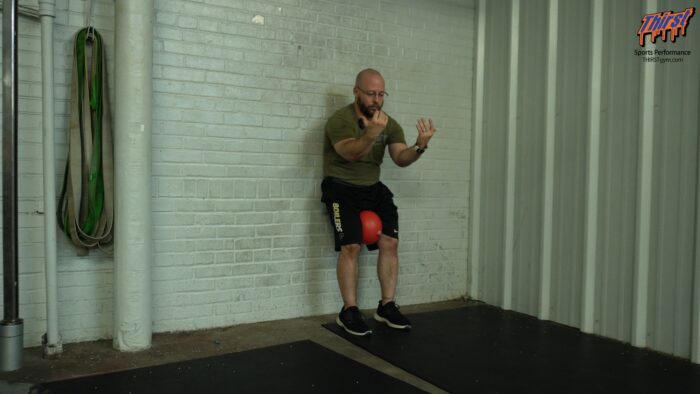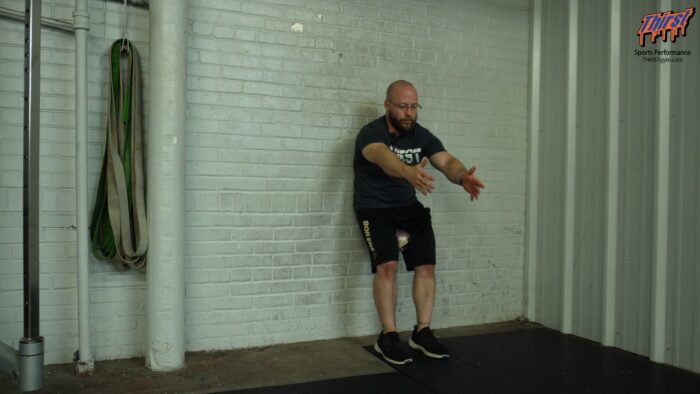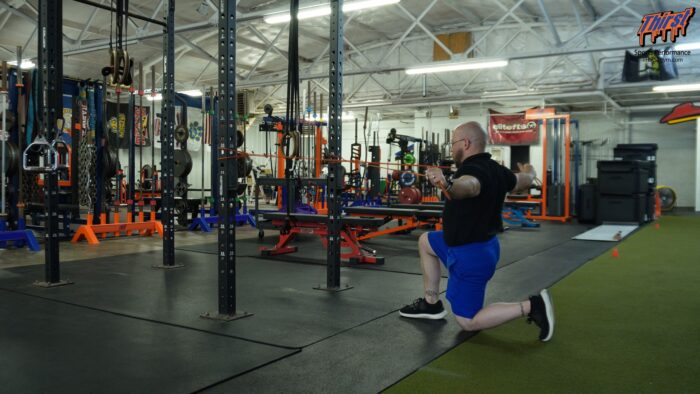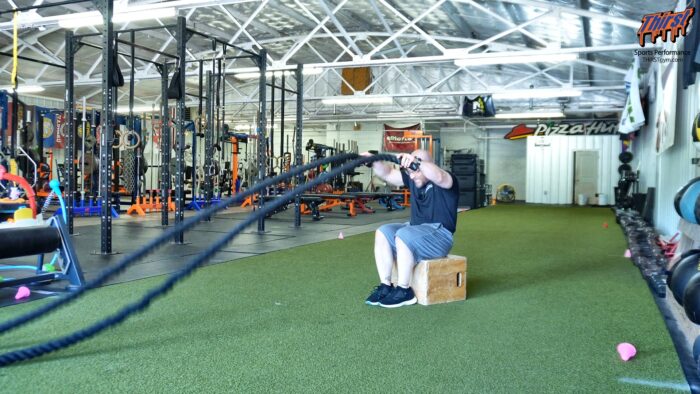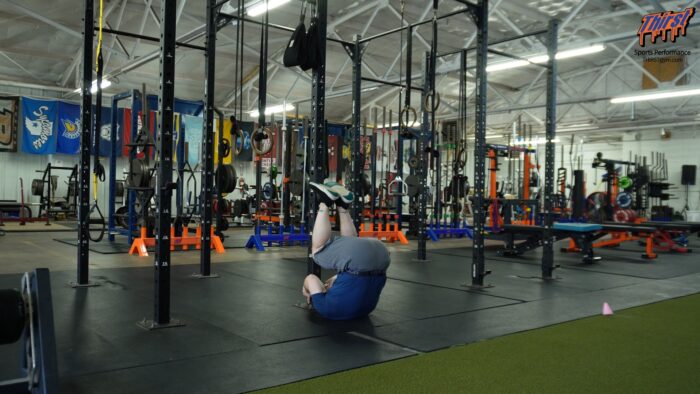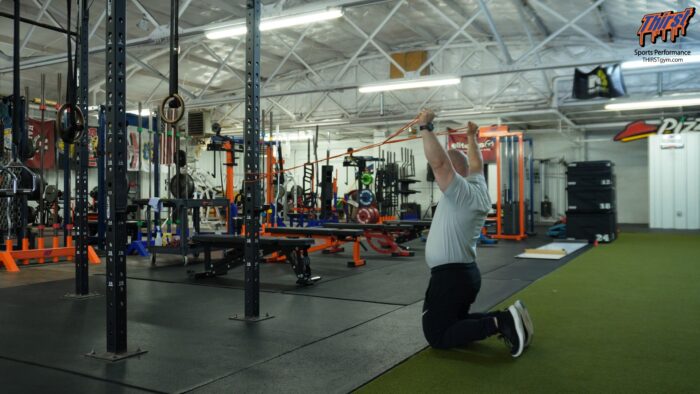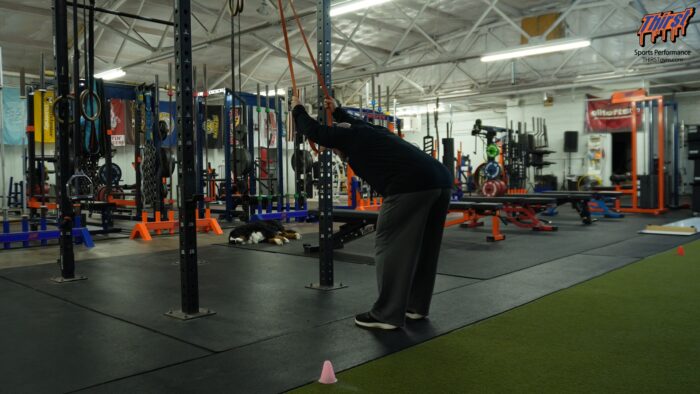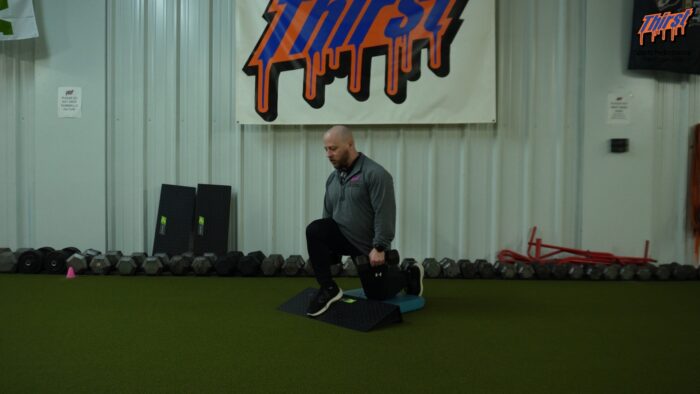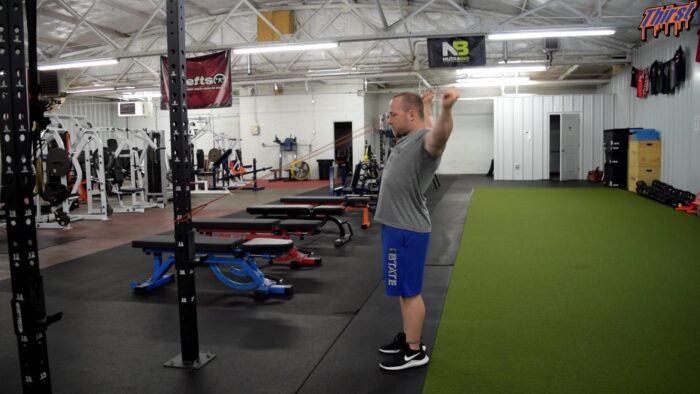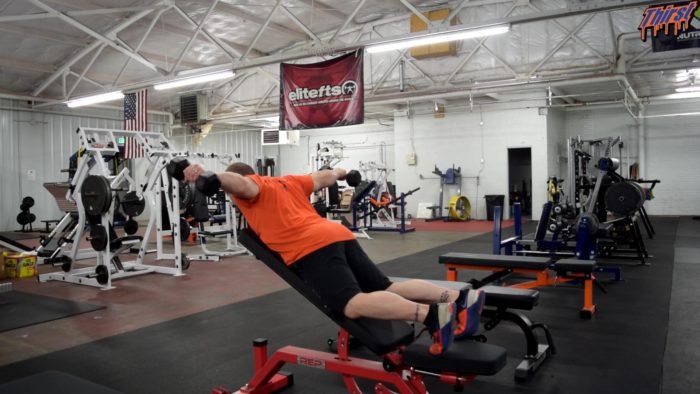PRI Wall Supported Zercher Reach
Discover how the PRI Wall Up Supported Zero Reach can eliminate chronic lower back pain and improve hip mobility using nothing more than a wall and proper breathing technique. This powerful postural restoration exercise addresses anterior pelvic tilt, activates key muscle groups, and can be performed anywhere to provide immediate relief and long-term movement improvement. Learn the step-by-step technique that physical therapists use to help clients achieve better spinal alignment and reduce pain in just minutes per day.


